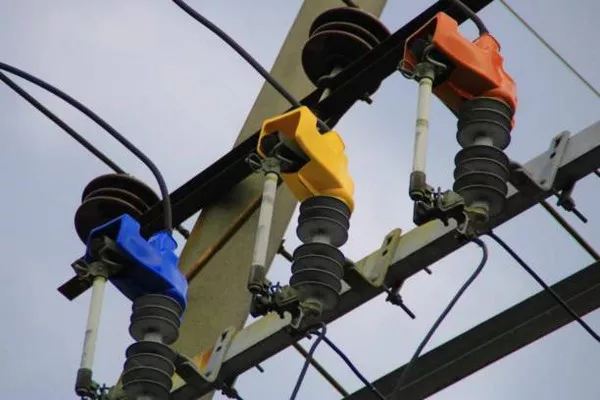In the realm of electrical engineering and power distribution, transformers play a pivotal role in ensuring the efficient and safe transmission of electrical energy. One crucial parameter associated with transformers is the apparent power, often expressed in kilovolt-amperes (kVA). Understanding the concept of kVA is essential for professionals in the field, as it directly influences the design, operation, and maintenance of transformers. This article aims to unravel the intricacies of kVA, shedding light on its importance and implications in the realm of transformers.
Definition of kVA
Kilovolt-amperes, abbreviated as kVA, represents the apparent power in an electrical system. Unlike real power (expressed in kilowatts), which is the actual power consumed or delivered, apparent power takes into account both the real power and the reactive power. Reactive power is a component that arises due to the phase difference between voltage and current in an AC circuit, and it is measured in kilovolt-amperes reactive (kVAR).
In the context of transformers, the apparent power rating (kVA) provides a measure of the maximum power that a transformer can handle without exceeding its design limits. It is a critical parameter for transformer selection, sizing, and overall system reliability.
The Significance of kVA in Transformer Design
Transformers are designed to facilitate the efficient transmission of electrical energy from one voltage level to another. The kVA rating of a transformer is a fundamental design parameter that influences its physical size, core material, winding configuration, and cooling system. When selecting a transformer for a specific application, engineers must carefully consider the expected load and the corresponding kVA requirements to ensure optimal performance and longevity.
In transformer design, the kVA rating is closely tied to the primary and secondary voltage ratings. The ratio of primary voltage to secondary voltage determines the turns ratio of the transformer, influencing its ability to step up or step down the voltage. As the kVA rating increases, the physical size of the transformer tends to grow, reflecting the higher power-handling capacity required for the application.
Importance of kVA in Transformer Operation
Efficient transformer operation depends on matching the kVA rating of the transformer with the load it serves. When a transformer is subjected to a load that exceeds its kVA rating, it can lead to overheating, insulation breakdown, and ultimately, transformer failure. On the other hand, operating a transformer below its rated kVA capacity can result in inefficient energy utilization and increased losses.
Load factor, power factor, and diversity factor are key considerations in determining the actual kVA load on a transformer. The load factor reflects the ratio of the average load to the maximum load, while the power factor indicates the efficiency of power transfer. Diversity factor accounts for the likelihood that not all loads connected to the transformer will be at their maximum simultaneously. A comprehensive understanding of these factors is crucial for accurate transformer sizing and optimal system performance.
Transformer Efficiency and kVA
Transformers are not 100% efficient; they experience losses during the conversion and transmission of electrical power. These losses include copper losses in the windings, core losses due to magnetic hysteresis and eddy currents, and stray losses in the surrounding structure. The efficiency of a transformer is the ratio of the output power (real power) to the input power (apparent power). Therefore, the apparent power, expressed in kVA, plays a central role in determining the overall efficiency of a transformer.
Properly sizing a transformer based on the kVA requirements of the load helps minimize energy losses and enhances the overall efficiency of the power distribution system. Efficient transformers not only reduce energy consumption but also contribute to a more sustainable and environmentally friendly power infrastructure.
See Also How Does A Buck Boost Transformer Work
Conclusion
In conclusion, the concept of kVA is fundamental to understanding the operational and design aspects of transformers in the realm of electrical engineering. The apparent power, expressed in kilovolt-amperes, serves as a critical parameter in transformer selection, sizing, and operation. By carefully considering the kVA rating in relation to load factors, power factors, and diversity factors, engineers can design and operate transformers with optimal efficiency and reliability.
Transformers are the backbone of power distribution systems, and their correct sizing and operation are essential for ensuring a stable and efficient electrical infrastructure. As technology continues to advance, the importance of understanding and optimizing kVA in transformers becomes even more critical, paving the way for a more resilient and sustainable energy future.

